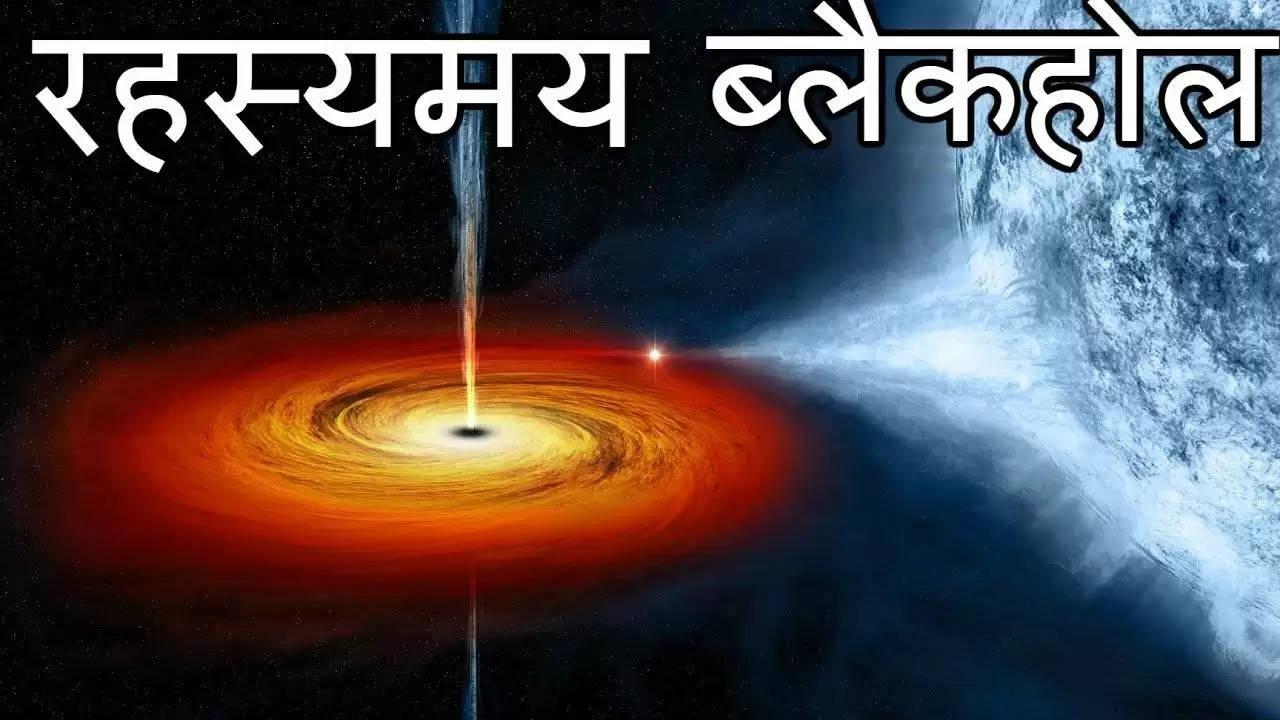Black holes hinder the birth of new stars in every galaxy present in the universe, secret revealed by James Webb Telescope

Science News Desk – Supergiant black holes are rapidly stopping the process of star formation within the galaxy. Black holes explosively expel gas, creating new stars. The James Webb Space Telescope (JWST) has caught the black hole red-handed doing so. The study conducted by scientists with the help of JWST has been published in the journal Nature. Supergiant black holes are those whose size can range from one lakh times to 1000 crore times that of our Sun. Such black holes are usually found in the centers of galaxies. These black holes keep swallowing huge amounts of gas there. Galaxies in which such processes occur are called 'active galactic nuclei' or AGN. For a long time, scientists have believed that gas escaping from supermassive black holes is slowing the process of star formation. Till now this had not been seen to happen, but the James Webb Space Telescope has removed that deficiency.
How do black holes stop the formation of new stars?
The density of black holes is very high. Even light cannot escape their gravitational field. Then how can gas come out of them? Scientists do not know the direct answer to this question. Some theories say that rapidly rotating black holes cause an outward flow of matter such that angular momentum is conserved. It was difficult to prove how this flow slows down the process of star formation. Studies till now were based on ionized gases coming out of black holes. But a new study by JWST shows that more than 90% of the gas is cold and neutral. This was never seen in previous studies.
Scientists conducted research on COSMOS-11142 through JWST. Spread over 4,000 light years, this galaxy is about 11 billion miles away from Earth. Scientists found that the outflow rate in the neutral phase was 100 times higher than that in the ionized phase. Through this, scientists were able to see for the first time how supermassive black holes push out the gas that forms stars.
According to research, the flow coming out of the black hole is converting it into stars faster than it is removing the gas. This suggests that the exit of a black hole can have a profound effect on the evolution of a galaxy. The scientists said their study provides evidence that in massive galaxies the flow of black holes stops rapidly or star formation 'stops'.

